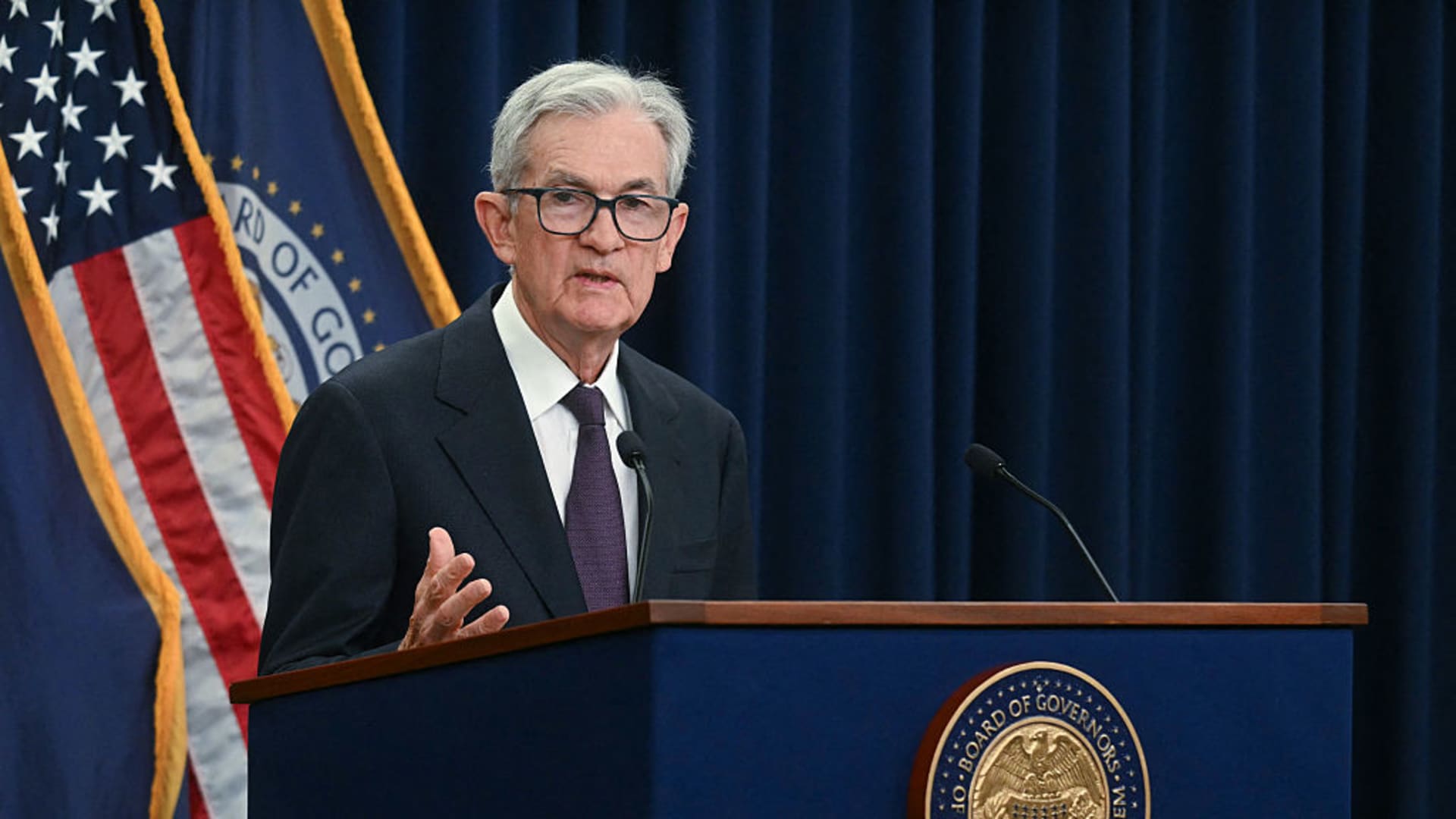Copyright kaieteurnewsonline

Inflation up by nearly 3% at mid-year Nov 04, 2025 News – Govt. blames rising food prices despite big drop in fuel costs (Kaieteur News) – At the end of June 2025, Guyana’s Consumer Price Index (CPI) climbed 2.9% compared to the end of 2024 and food costs are almost entirely to blame, the Government of Guyana has said. While gasoline, diesel, and kerosene prices plunged easing pressure on transportation and businesses the savings at the pump weren’t enough to offset soaring food bills. Fuel prices dropped sharply in the first six months of the year: Gasoline: 20.9%; Diesel: 32.8% and Kerosene: 34%. These declines contributed -0.2 percentage points to inflation, a direct boost to household budgets. But higher food prices alone added 2.9 percentage points, wiping out the relief, the Ministry of Finance said in its mid-year report which was tabled in the National Assembly on Monday. Vegetables and fruits were the biggest drivers, together accounting for 2.1 percentage points. Key staples like eschallot, bora, ochro, and tomato saw notable increases due to the unusually prolonged rainy season, which disrupted supply, the report said. The 12-month inflation rate at June stood at 4.2%, largely in line with last year, but overwhelmingly driven by food, with vegetables, meats, fish, eggs, and cereals leading the surge. Government says targeted measures are in place to stabilise prices, and it is now projecting end-of-year inflation at 3.1 percent. Back in July Kaieteur News reported that consumers who visited the Bourda and Stabroek markets early that month paid significantly more for common food items than they did just three years ago, as prices for meats, vegetables, and seasonings continue to rise. An analysis of the July 3, 2025 price list from the Guyana Marketing Corporation (GMC) shows widespread increases in both wholesale and retail prices for key commodities. Among the steepest climbs are seen in the meat category, where local chicken, which retailed for $381.55 per pound in 2020 and $488.33 in 2022, is now selling for up to $560 per pound at Stabroek Market and $520 per pound at Bourda. Beef, priced at $430.37 per pound in 2020, had reached $659.74 in 2022, and now stands at $950 per pound, more than doubling its 2020 cost. Pork has also seen a sustained increase, now retailing at $750 per pound, up from $585.46 in 2022 and $417.17 in 2020. As it relates to, vegetables and seasonings, these food items are no exception to the trend. Bora which was selling at $348.19 per pounds in 2020, surged to an extraordinary $6,915.31 by 2022. The 2025 price has stabilised somewhat to about $2,100 per bundle. Other vegetables have continued their upward trend: ochro has climbed from $107.83 per pound in 2020, to $171.93 in 2022, and now to $360 per pound. Cabbage, once sold at $228.99 per pound, now retails at $400–$480, depending on the market. Pumpkin, previously $61.50 per pound, is now consistently priced at $140 per pound and corilla went from $136.20 in 2020, to $251.20 in 2022, and now retails at $360 per pound. In terms of seasoning, celery now sells for as much as $4,250 per pound at Bourda and $3,500 at Stabroek, while eschallot retails for $1,000 and $950 per pound. Ginger, previously available at more modest prices, has risen to $900 to $1,000 per pound. Similarly, Sweet peppers are among the highest-priced seasoning items, now at $1,500 per pound. Among ground provisions, sweet potatoes and eddoes have remained fairly stable since 2022, still priced at $200 per pound. Cassava, which had increased to $224.28 per pound in 2022, has now dropped slightly to $160 per pound. Plantains, once retailing for over $206 per pound, have also seen a modest decrease to $160. As it relates to eggs, which had previously surged due to supply chain issues and demand spikes. Data shows that local white eggs, sold by the unit, are now priced at $60 each, compared to $50 wholesale, placing the retail tray price at roughly $1,800. In 2022, that tray price peaked at $1,350. The Guyana Marketing Corporation notes that the figures represent average wholesale and retail prices recorded at Bourda, and Stabroek markets, and are not set or regulated by the State. Prices to fall Meanwhile, last week the World Bank said that global commodity prices are projected to fall to their lowest level in six years in 2026, marking the fourth consecutive year of decline. Prices are forecast to drop by 7% in both 2025 and 2026, driven by weak global economic growth, a growing oil surplus, and persistent policy uncertainty. Falling energy prices are helping to ease global inflation, while lower rice and wheat prices have helped make food more affordable in some developing countries. Despite the recent declines, however, commodity prices remain above pre-pandemic levels, with prices in 2025 and 2026 projected to be 23% and 14% higher, respectively, than in 2019. “Commodity markets are helping to stabilise the global economy,” said Indermit Gill, the World Bank Group’s Chief Economist and Senior Vice President for Development Economics. “Falling energy prices have contributed to the decline in global consumer-price inflation. But this respite will not last. Governments should use it to get their fiscal house in order, make economies business-ready, and accelerate trade and investment.” The global oil glut has expanded significantly in 2025 and is expected to rise next year to 65% above the most recent high, in 2020. Oil demand is growing more slowly as demand for electric and hybrid vehicles grows and oil consumption stagnates in China. Brent crude oil prices are forecast to fall from an average of $68 in 2025 to $60 in 2026—a five-year low. Overall, energy prices are forecast to fall by 12% in 2025 and a further 10% in 2026. Food prices are also easing, with declines of 6.1% projected in 2025 and 0.3% in 2026. Soybean prices are falling in 2025 because of record production and trade tensions but are expected to stabilise over the next two years. Meanwhile, coffee and cocoa prices are forecast to fall in 2026 as supply conditions improve. However, fertiliser prices are projected to surge 21% in 2025, reflecting higher input costs and trade restrictions, before easing 5% in 2026. These increases are likely to further erode farmers’ profit margins and raise concerns about future crop yields. Precious metals have reached record highs in 2025, fueled by demand for safe-haven assets and continued central bank purchases. The price of gold—widely viewed as a safe haven during times of economic uncertainty—is expected to increase by 42% in 2025. It is projected to increase by a further 5% next year, leaving gold prices at nearly double their 2015-2019 average. Silver prices are also expected to hit a record annual average in 2025, rising by 34% and further 8% in 2026. Commodity prices could fall more than expected during the forecast horizon if global growth remains sluggish amid prolonged trade tensions and policy uncertainty. Greater-than-expected oil output from OPEC+ could deepen the oil glut and exert additional downward pressure on energy prices. Electric-vehicle sales, which are expected to increase sharply by 2030, could further depress oil demand. bora, eschallot, food prices, Guyana Marketing Corporation, inflation, ochro



